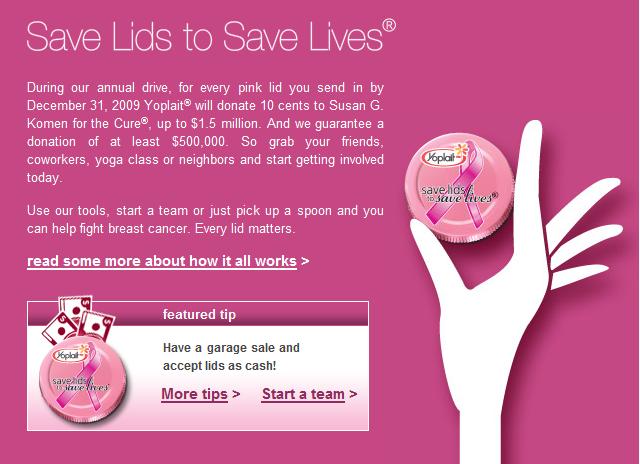In March 2013, the Harvard Business Review published this article on the ‘next generation” of Advertising Analytics. It discusses the challenges “Advertising Analytics 1.0”, which relies heavily on last click attribution (which gives credit to the sale to the last action that the consumer took, and discredits / undervalues higher funnel channels that lead to consumer awareness) and lauds the coming of Advertising Analytics 2.0.
Yet while marketers now have access to more data than ever, enabling them to perform more sophisticated measurement and analytics, relatively few are taking full advantage of this data. Even fewer truly understand how the data powers the results. Ubiquitous tools have made the task of performing true multi-channel analysis easier, but they still require knowledgable data scientists to understand, validate, and translate the results. I stress validation because simply blindly accepting the results from a third party solution, that may or may not take into account the nuances of a marketers business, is common and to be blunt simply lazy. Results must be challenged and tested against future campaigns. This “wash-rinse-repeat” process of always challenging the results of advertising analysis is arduous, but necessary to ensure that the data is interpreted accurately.
Fortunately, the data assets necessary to perform these sophisticated analysis continue to become more readily available – allowing marketers armed with the proper knowledge and tools to get closer to answering the holy grail question : “which 50% of my marketing is really driving sales”.

